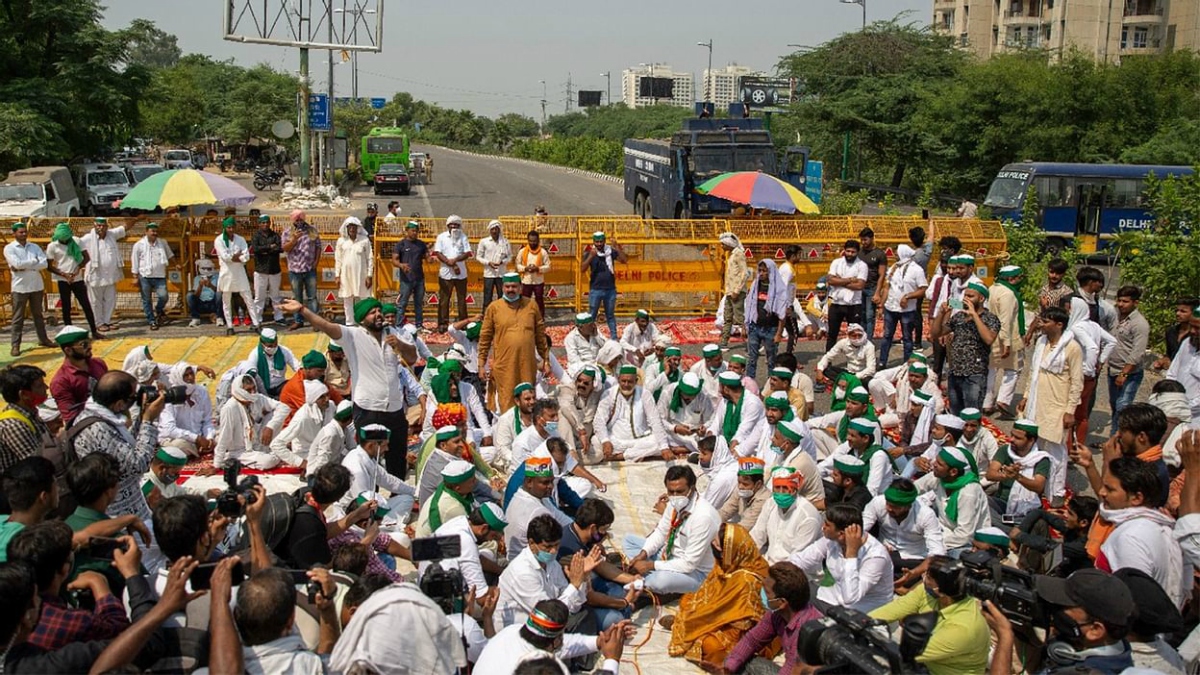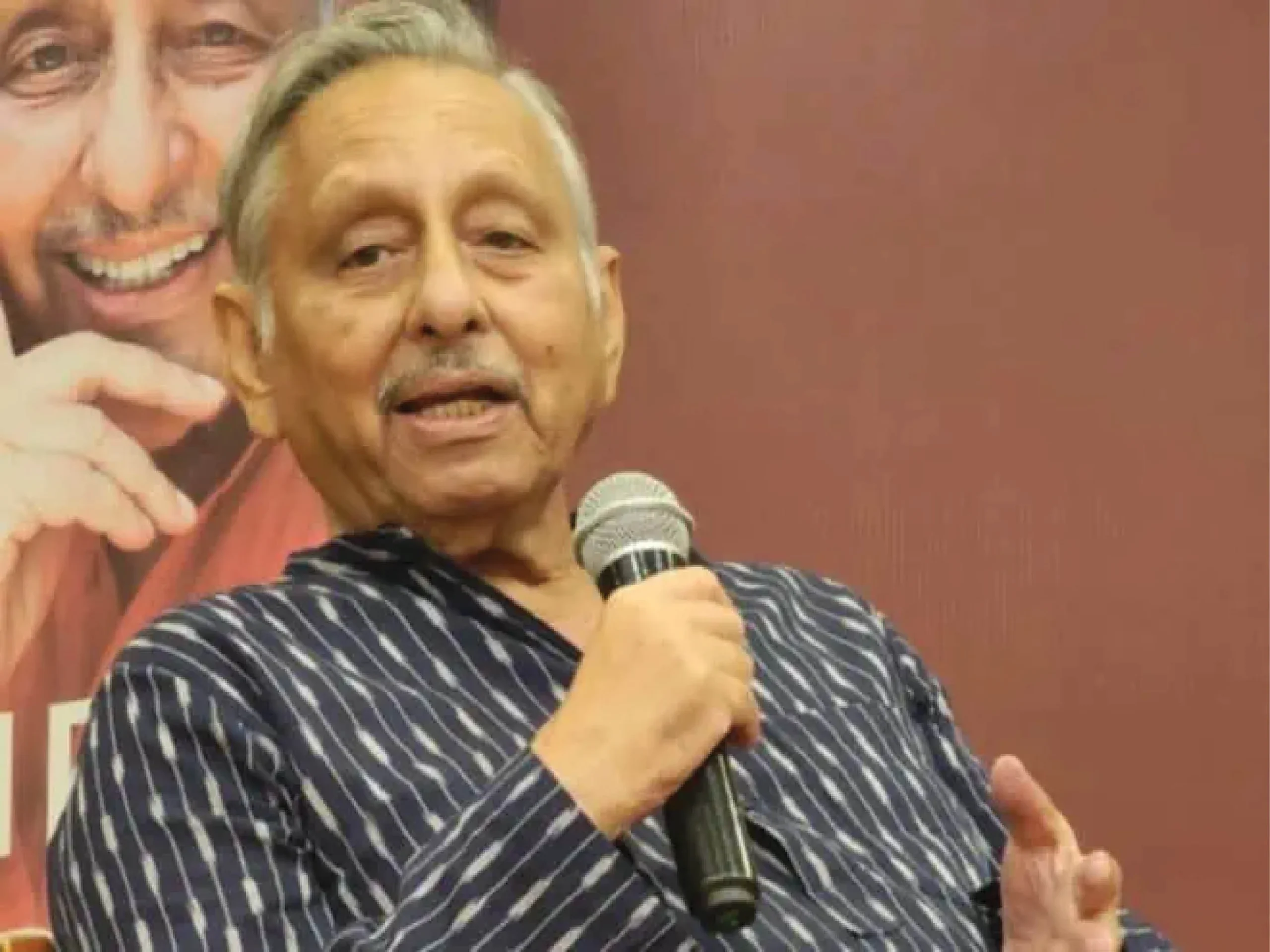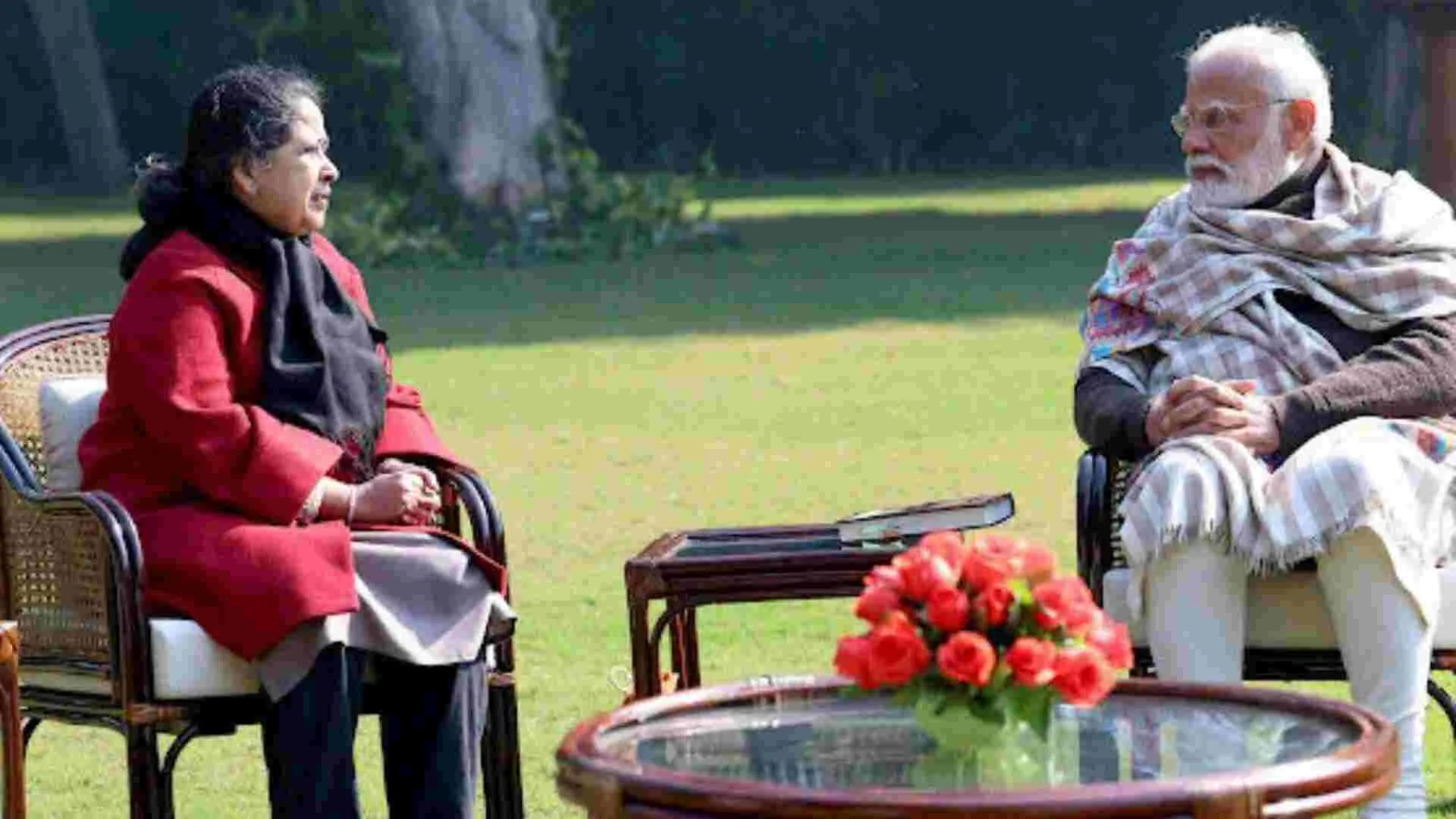The trend in “popular” protests nowadays seems to be street mobilisation of discontented sections of the population against the incumbent Central government, demanding the rollback of certain laws, and then the subsequent blocking of roads and highways in the national capital for months. This was seen at Shaheen Bagh in Delhi and it is appearing as if the farmers’ protest on Delhi’s border is also headed in a similar direction. The national capital is the new protest venue because it gives the protesters the maximum visibility, apart from conveying a sense of drift and anarchy at the seat of India’s power. Let’s make no mistake, street protests are a legitimate way of voicing grievances, and marches and rallies are among the fundamental building blocks of democracy. The problem starts when such protests disrupt the lives of common people with the intention of bringing the government—any government—to its knees. In the Shaheen Bagh case, the Supreme Court made it clear that while “democracy and dissent go hand in hand…demonstrations expressing dissent have to be in designated places alone”. In the latest instance, a ground has been designated in Burai in north-west Delhi for the farmers’ protest. However, statements are coming from farmer leaders of BKU (Punjab) that instead of going to Burari, they have decided to “gherao Delhi by blocking 5 main entry points” and that they have enough food to continue for four months. This is highly condemnable. What did Shaheen Bagh achieve except for getting some western media coverage? It couldn’t ensure the rolling back of the Citizenship Amendment Act. Instead, it ended up inconveniencing and alienating large segments of the populace. The agitating farmers too need to understand that the farm laws will not be rolled back even if they block five, or all the thoroughfares leading to Delhi. The reforms are directed at 50% of this country’s population, so around 600 million people or more, who are estimated to be involved in agriculture and auxiliary services. Punjab’s farmers are important for the country, but the harsh truth is that their protest is not resonating with the farmers of the rest of the country. The voices are coming primarily from Punjab and from some pockets in neighbouring states, and there is a reason for this—the dismantling of the mandi system. The landmark reforms have inflicted a body-blow to the Agricultural Produce Market Committee (APMC) or mandi system of procurement. Since the farmers did not have a choice but to sell through the APMCs, the middlemen manipulated the system in a manner that the farmers got low rates, apart from having to pay taxes. As a result of this, the middlemen—arahtiyas—and the rich farmers who control the trade, pushed the small and marginal farmers towards penury. With the new laws, farmers can sell directly to buyers of their choice and from their own doorstep. This has to be seen in the context of APMCs or mandis being big business in Punjab in particular. Punjab alone has over 25,000 arahtiyas—who sometimes also serve as moneylenders, but charge extortionist rates for the money they lend. The Punjab government earns around Rs 3,500 crore from the APMCs. It is all this money that has been impacted by the new laws. However, the APMC system had to be dismantled, and parties cutting across political lines said so in the 12 December 2019 62nd Parliamentary Standing Committee report on agriculture—that the mandis had become “hotbed of politics, corruption and monopoly of traders and middleman”.
In this country, small or marginal farmers with less than 2 hectares of land comprise around 85% of the farming population. They are the ones who have been exploited for decades and the reforms are directed primarily at them. The reforms are also expected to bring more competitiveness into the system. This number of small and marginal farmers is relatively lower in Punjab—around 35%. While 65% of farmers own over 2 hectares of land. This should explain the need to continue with status quo in Punjab and the resultant turmoil. But there are enough studies to show that farmers in Punjab too have been exploited over the years, which must change. If there are concerns about MSP, or about “privatisation”, the protesters should talk to the government, instead of giving ultimatums such as “roll back or else…”
The question that naturally arises here is how much of this protest is politics, especially when Punjab elections are round the corner and when several political players are also super-rich farmers and control the APMCs. Also, if troublemakers and vested interests are infiltrating the protests with mischievous messages and misinformation and disinformation to confuse the farmers. If there are concerns about vested interests taking control of the new system, these should be raised with the government, and in fact the latter should introduce a fool-proof mechanism to ensure that this does not happen. The need of the hour is dialogue, not threats. A system that has not benefited 85% of the intended beneficiaries, and instead kept them on the margins, must be dismantled. There cannot be any negotiation on that. Politicisation of the matter by vested interests is best avoided.























